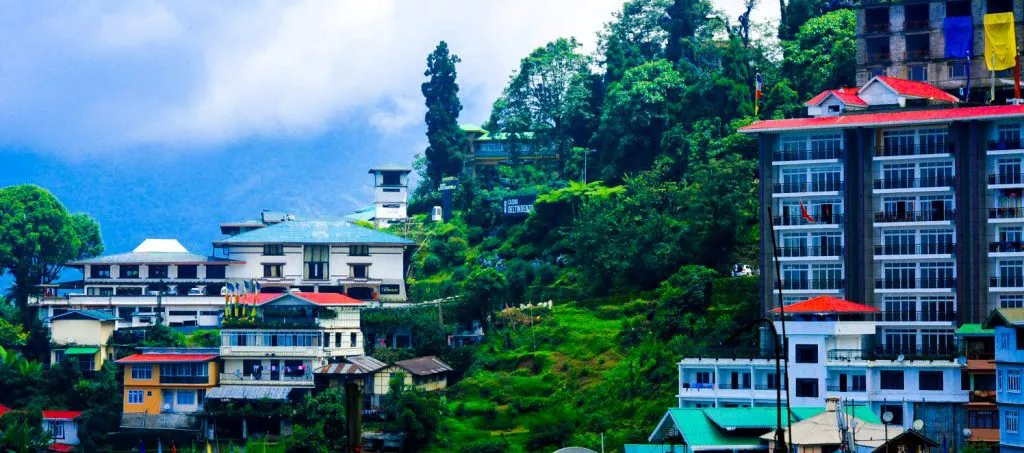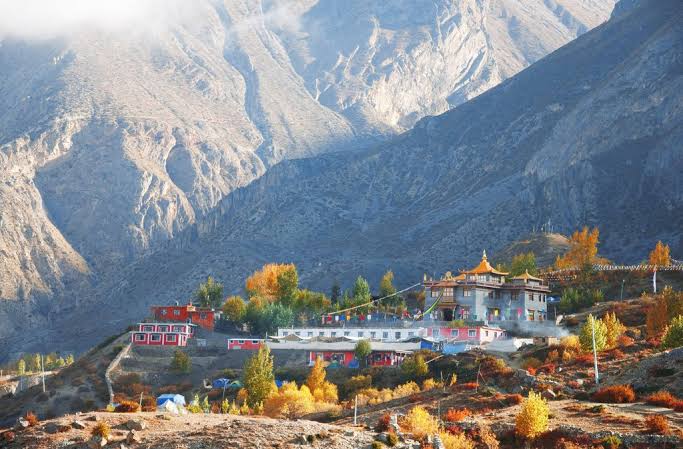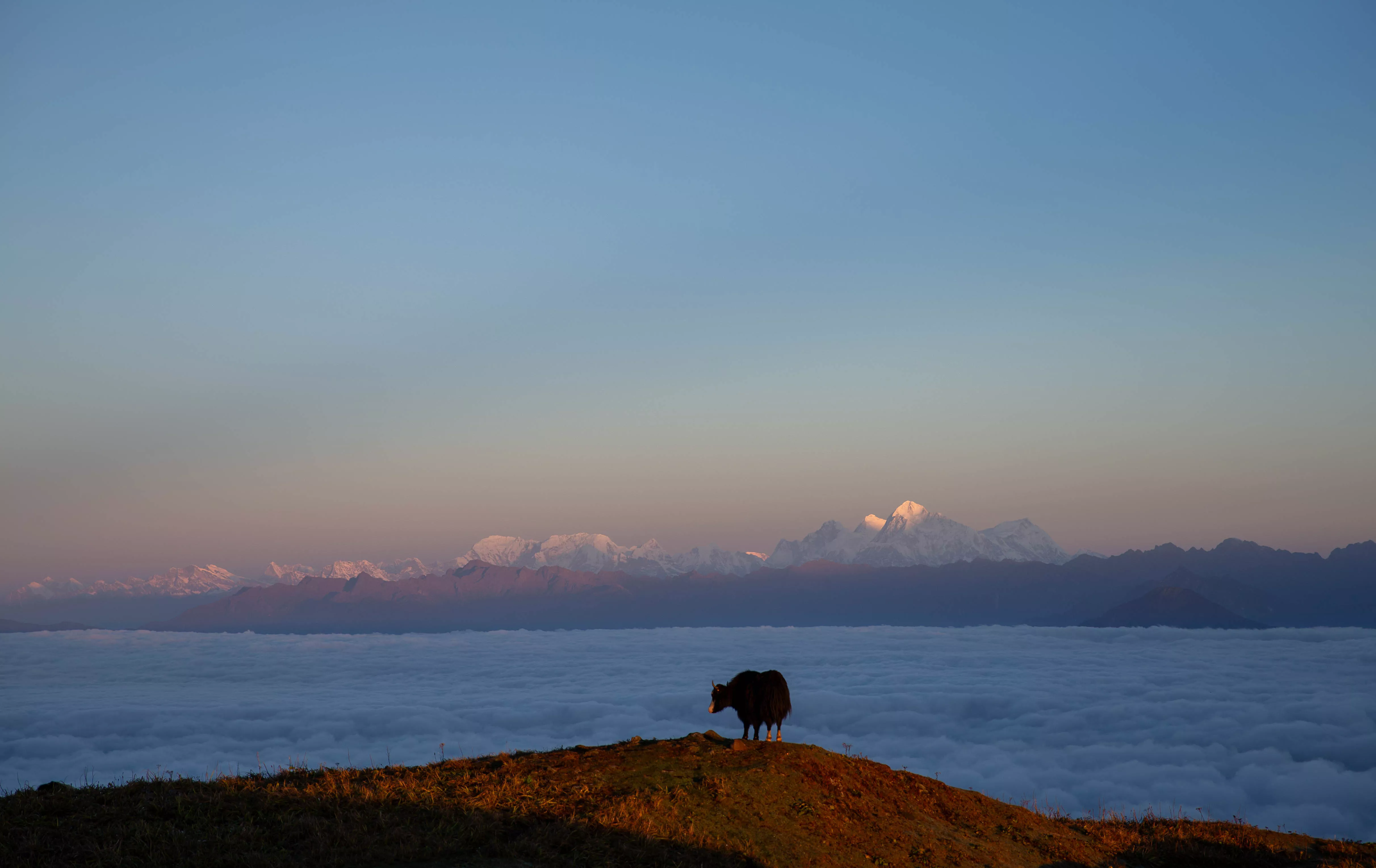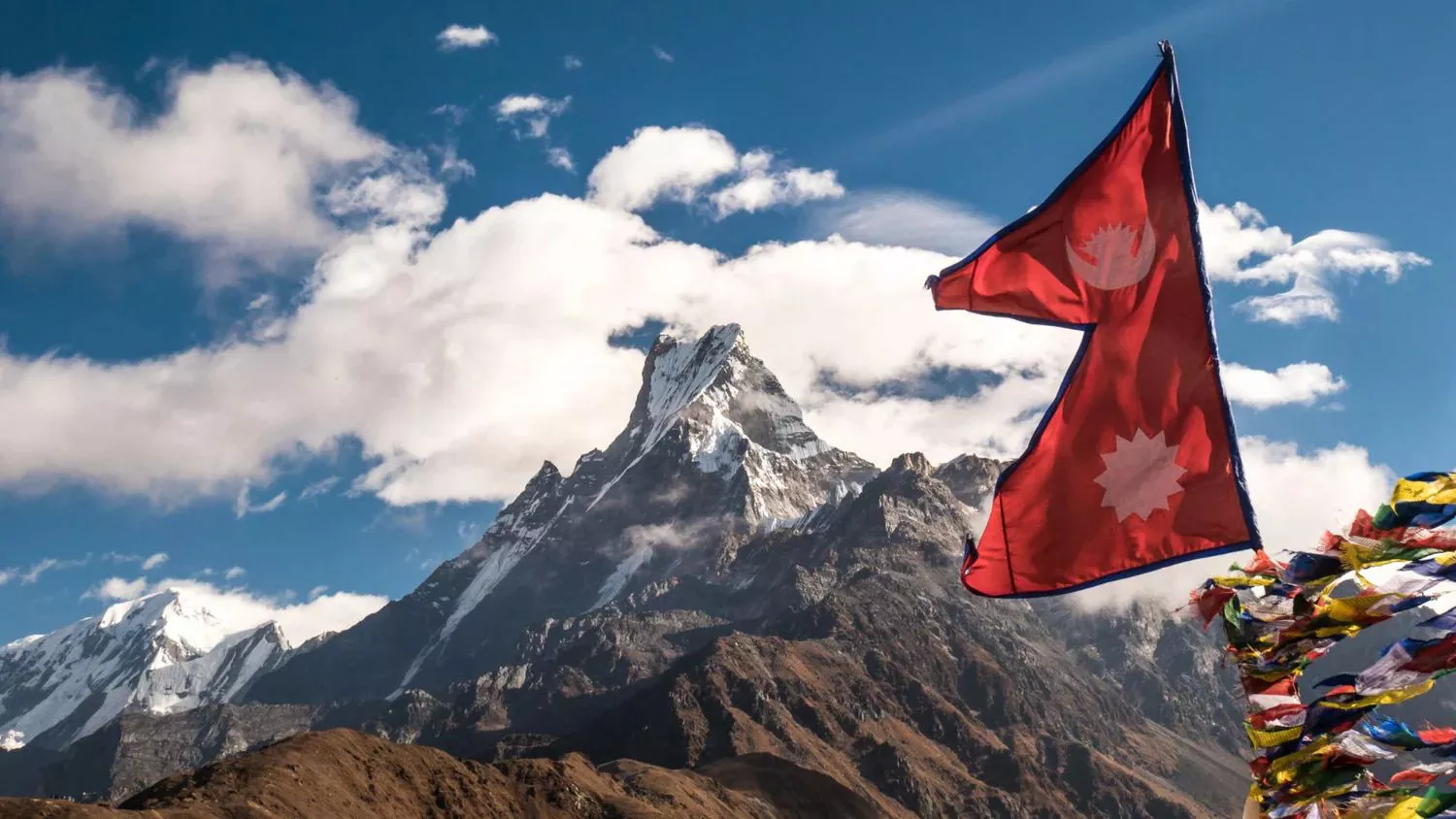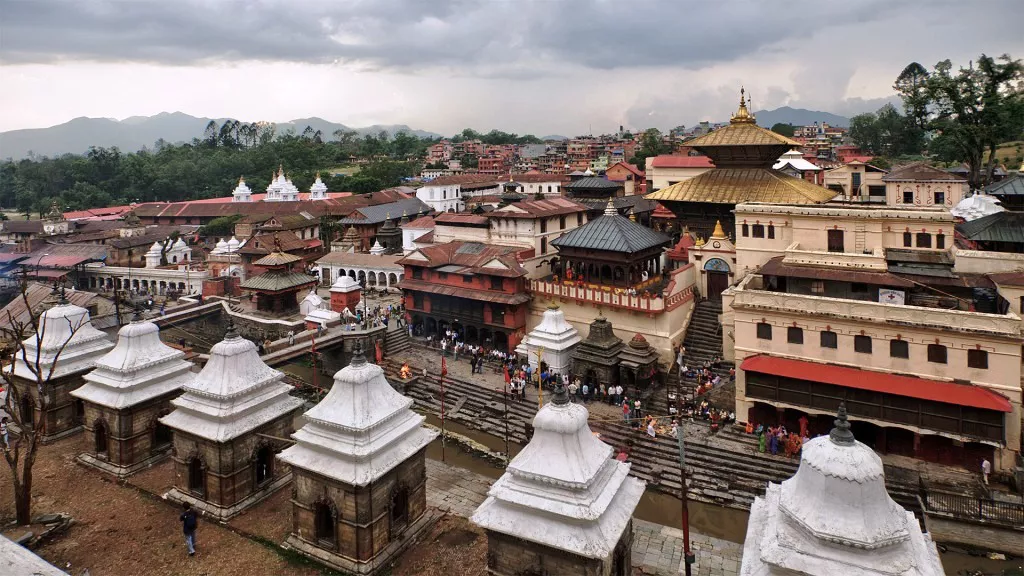
Enriched in cultural and religious symbols and practices, Nepal offers wide realms for spirituality too. A vast number of mandirs, shrines, monuments, monasteries, and other places of worship can be found in Nepal, which symbolises authenticity and religious harmony. Among the many religious sites, Pashupatinath mandir remains the biggest holy mandir in the country for followers of Hinduism. Pashupati means reincarnation of Lord Shiva as “Lord of the animals”.
One of the four major religious sites in Asia dedicated to Lord Shiva is Pashupatinath Mandir, which lies in Nepal, while the other three are located in India. As such, Pashupatinath Mandir attracts thousands of Hindu devotees every year. Built in the 5th century and after a number of renovations by Malla Kings of Nepal, the mandir is believed to have existed from the beginning of the millennium when a Shiva Lingam was discovered. In 1979, Pashupatinath Mandir was inscribed in the UNESCO Cultural Heritage Sites list.
Although the exact history of the existence of Pashupatinath cannot be traced, numerous legends are associated with the construction of the mandir. A famous legend claims that the mandir was built on the site where Lord Shiva in the guise of a deer lost one of his antlers. The story goes that Shiva refused to return to his duties along with the other gods, which led to a fight where he lost one of his antlers. The antler became the first lingam worshipped by Hindus.
Daily devotees at Pashupatinath Mandir, Nepal
Located 3 km northwest of Kathmandu, the capital city of Nepal, the Pashupatinath Mandir complex is widely stretched on the both sides of the holy Bagmati River, with around 492 mandirs, 15 Shivalayas (shrines), and 12 Jyotirlina (phallic shrines) around the complex. The mandir portrays exquisite architectural beauty, with its main mandir built in the pagoda style with glided rood, gold-covered roof, four silver doors, and intricately designed wooden carvings, which is believed to make wishes come true. In addition, one can enjoy the multiple architectural facets of the mandir such as its dome-style, pagoda style, and Shikhara style. The mandir complex also comprises of Deupatan, Jaya Bageshori, Gaurighat (Holy Bath), Kutumbahal, Gaushala, Pingalasthan, and Sleshmantak forest. Pashupatinath Mandir is also the major cremation spot for Hindus in Nepal. The Panch Deval (five mandirs) complex lying in the western bank of the Bagmati River was formerly a holy shrine but is now converted into a shelter for destitute old people.
Lingum-Pashupatinath Mandir, Nepal
In the east of Pashupatinath Mandir lies Guheshwori Mandir, dedicated to Sati Devi, the first wife of Lord Shiva. The mandir is situated at the place where one of the body parts of Goddess Sati Devi fell after her suicidal death by immolation. Regarded as one of the most important mandirs in the premises of Pashupatinath, it is believed to be a symbol of power (shakti). The two mandirs symbolize the perfect union of Shiva and Shakti and represent the feminine energy of the divine.
Other various mandirs present within the premises are Bhuwaneshwori, the Dakshinamurti, Tamreshwor, Panchdewal, Bishwarupa, and others. All the mandirs have their own meaning, values, and rituals to be performed. One of the mandirs of Goddess Kali beholds an interesting myth—that the world will come to an end if the current half-in half-out statue grows to its full size.
The Pashupatinath mandir carries huge mythological and spiritual value for the people of Nepal residing across the world. Maha Shivaratri, a major festival falling on the 14th of the dark fortnight of the Māgha (January-February) month as per the Hindu lunar calendar witnesses a surge of devotees and sadhus (religious sages) from India and across other South Asian countries. Each Monday, the dedicated day for Lord Shiva as per Hindu religion, the mandir is full of devotees.
Sadhus at Pashupatinath Mandir, Nepal
Many believers in Nepal come to reside in Pashupatinath mandir during their last days of life to die and be cremated. Legends have it that people who die in the premises of the mandir are reborn as human beings despite their misconduct in their lifetime. Astrologers of the mandir are said to be able to predict the exact time of death of people there. The rituals of cremation are allowed to be watched from across the river. The ritual is symbolic of the life and death cycle, thus deeply enhancing spiritual knowledge.
Each day, the western gate of Pashupatinath mandir is opened for visitors at 4:00 am in the morning. The rituals commence at 8:30 am with the priests bathing, cleaning, and changing the clothes and jewelry of Lord Shiva. This is followed by Baal Bhog (breakfast) offering to the Lord at 9:30 am. People are welcomed to carry out any special pujas for specific reasons after 10:00 am, which goes on until 1:45 pm. After the puja finishes, lunch is offered to Lord Shiva in the main mandir. At 5:15 pm, daily arati (evening puja) begins. The Bagmati Ganga Arati is increasingly gaining popularity among the Nepalese youth too. The arati is followed by the Shiva Tandava Bhajan, written by Ravana. Pashupatinath mandir is finally closed at 7:00 pm.
Inside Pashupatinath Mandir, Nepal
The premises of Pashupatinath Mandir can be used for different purposes. One can find this a perfect place for meditation, as the whole surrounding is high on energy. One can also indulge in exploring ayurvedic knowledge through the priest and sages residing inside the mandir. Similarly, astrologists are also present there for carrying out readings. As aforementioned, one can enjoy Pashupatinath Bagmati Arati each evening, and the mandir also hosts full moon concerts at Kirateshwor.

